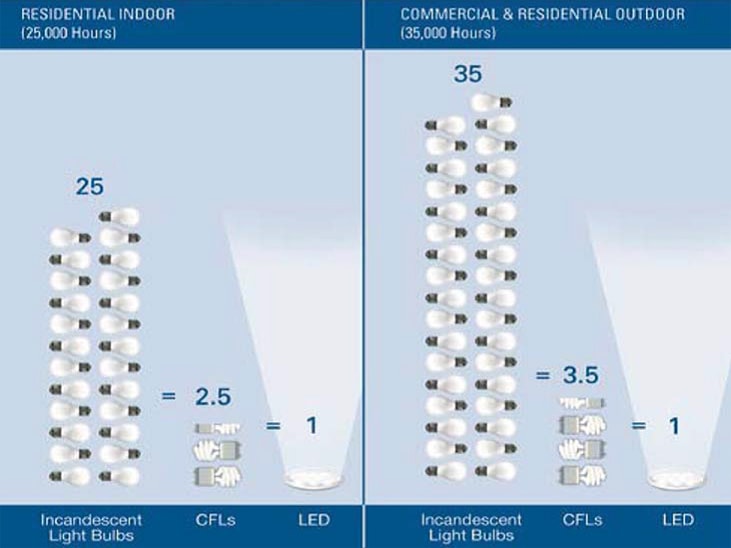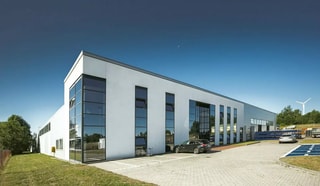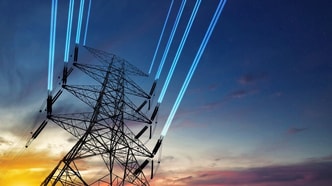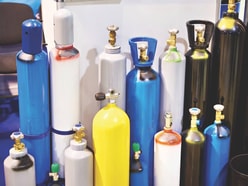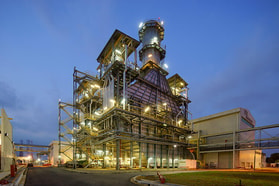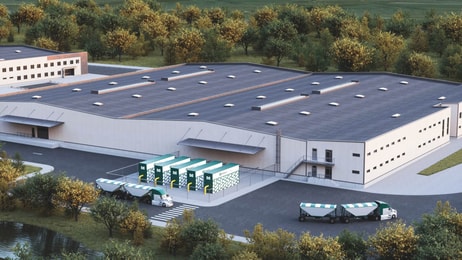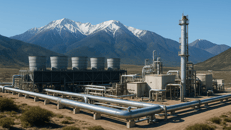Replacements – How Industrial Gases Are Being Used in the Quest for a Cleaner Planet
As the world moves toward a cleaner planet, mandates for the use of environmentally friendly chemicals and technologies have created shifts in gas demand in some markets and ushered in new and/or expanded market opportunities for industrial and specialty gases and equipment in others.
In this article, we look at a few of the markets undergoing shifts in gas applications and demand as we move toward a cleaner environment and more efficient energy sources.
AC/DC
The Electric Power Research Institute (EPRI) (www.erpi.com) reports significant efficiency gains using superconducting Direct Current (DC) transmission lines, capable of reducing transmission losses at full load by 50 percent or more compared to traditional alternating current (AC) or high-voltage DC systems. Assuming the trend continues for cost-performance improvements in superconducting wire (see “Energy Initiatives: Tiny Wires Have a Powerful Impact,” CryoGas, August/ September 2008), such a line could become an option within a decade along with Extra High Voltage (EHV) AC lines that are currently used to move large amounts of power over long distances. Superconducting DC lines operate at zero resistance, eliminating electrical losses even for long-distance transmission, produce no heat, and carry much more current and power than conventional conductors. These DC cables require refrigeration, provided by helium and nitrogen, to maintain them at superconducting temperatures using equipment and methods utilized in the industrial gas industry.
According to a report from Brookhaven National Laboratory (BNL) (www.bnl.gov), underground superconducting DC transmission lines are an emerging option that offer a potential route to a national renewable electricity transmission system. This system is likely to include solar, wind, or nuclear generation facilities located far from population centers, making it necessary to move large amounts of power over long distances. The EPRI sees superconducting transmission lines as one means of accomplishing this.
... to continue reading you must be subscribed

